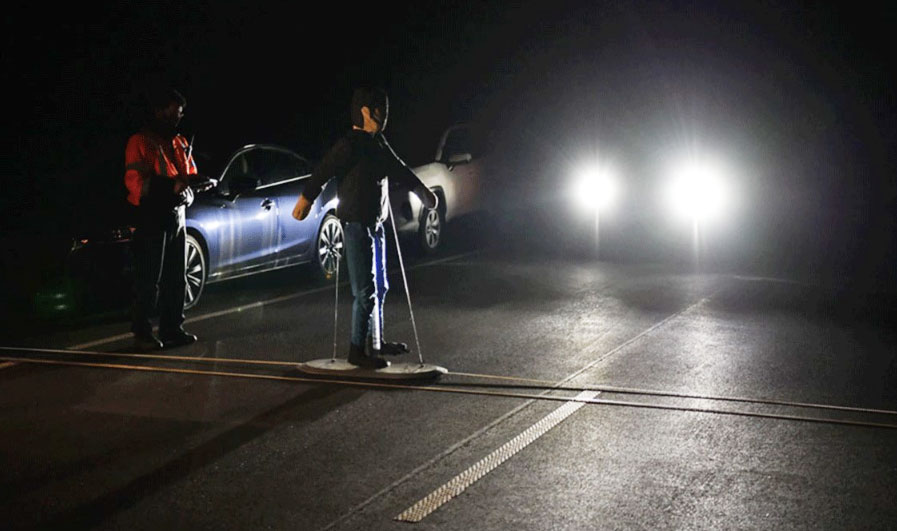<!–*/ */ /*–>*/
| GM trails in effort to make most vehicles with automatic emergency braking |

Although General Motors signed on to a voluntary agreement to make automatic emergency braking a standard feature in almost all of its new vehicles by the 2023 model year, it has not met the goal and lags the rest of the industry, according to data from the Insurance Institute for Highway Safety.
Just 73 percent of GM’s light-duty vehicles were produced with automatic braking systems in the 2022 model year.
In 2016, GM and 190 automakers pledged to make automatic emergency braking a standard feature on more than 95 percent of the light-duty vehicles they produce by the 2023 model year, according to an agreement with the U.S. Department of Transportation and IIHS. Light-duty vehicles are those 8,500 pounds and under.
GM is well below its American-based counterparts, all of which have met the 95 percent goal.
The Detroit automaker is one of four reporting below 90 percent. The others are Jaguar Land Rover, 75 percent; Maserati, 71 percent; and Porsche, 70 percent.
GM’s low percentage was a result of previous packaging decisions that it’s working to update, spokesman Stuart Fowle told Automotive News.
GM plans to surpass the goal in the 2023 model year, with hardware changes allowing production to rise to 98 percent of light-duty vehicles equipped with automatic emergency braking systems, Fowle said. The safety package also will include automatic pedestrian-detection braking and lane-keeping alerts, features beyond what was in the voluntary agreement, Fowle said.
— Hannah Brock
What you need to know
Redwood Materials plans massive $3.5B EV battery materials plant in S.C.: The factory will recycle and remanufacture lithium, cobalt, nickel and other battery materials.
For first responders, Waymo provides a guide to the self-driving era: The company is working to forge connections with police officers, firefighters and rescue crews.
Recycling EV batteries critical to meeting electrification targets: As the industry looks to figure out where it will source critical materials in 2030 and beyond, recycling plays a crucial role.

Roundup
Rental EVs likely to be entry point for future customers, and first impressions may be key part of electric future.
Self-driving yard truck developer Outrider has created a system that robotically connects electric and pressurized brake lines between trailers and container chassis.
Canada’s Lion Electric looks to raise $50 million from stock offering.
California approves $2.9 billion investment to double electric vehicle chargers in state.
Data analytics can help unlock battery bottlenecks, and EV makers need to learn to take advantage of new data on performance and safety.
Google Built-In lets Honda prepare for over-the-air updates.
Brain food
With automakers losing patience with self-driving technology, they’re emphasizing more advanced driver-assist systems in the near term. But no matter which level of automation they choose, the path ahead is fraught with complications.
Last mile
An electric GMC Hummer pickup nearly matches a Ferrari in a drag race, demonstrating how electric vehicles can accelerate as fast as supercars but cost far less. It’s a great sales pitch, but rapid acceleration brings up safety questions.